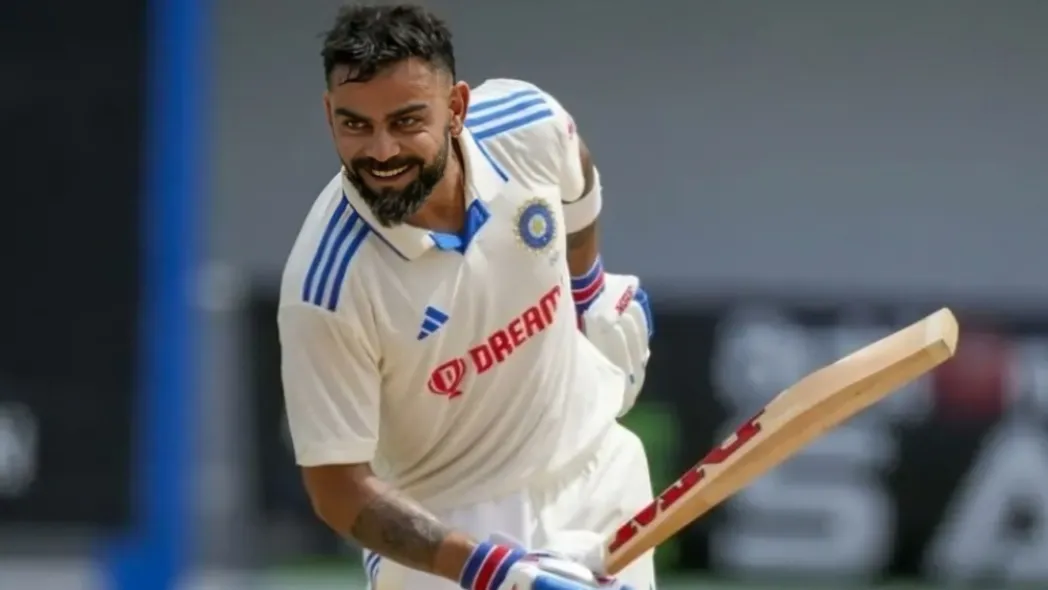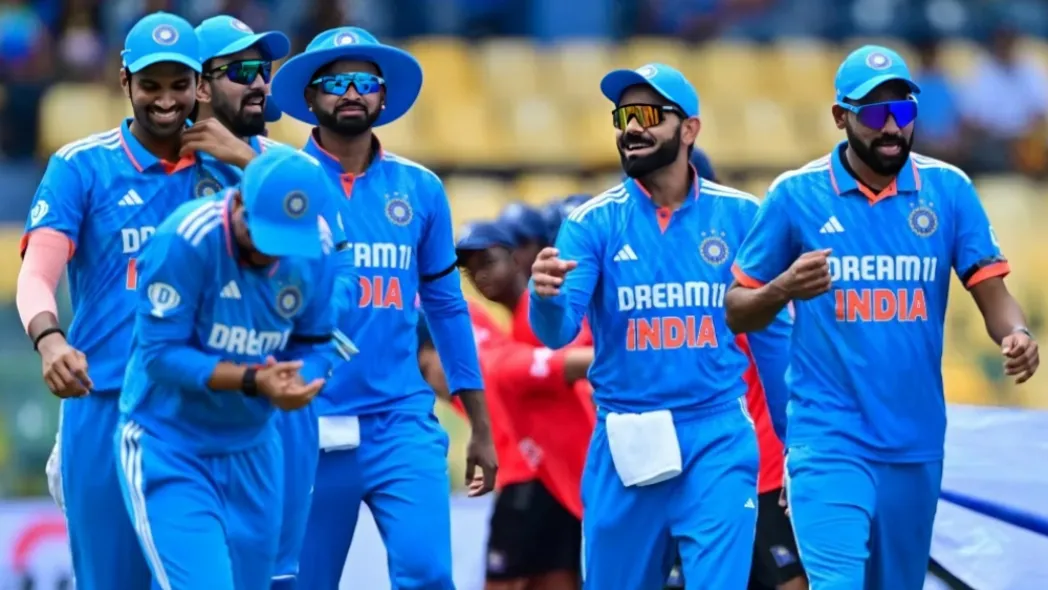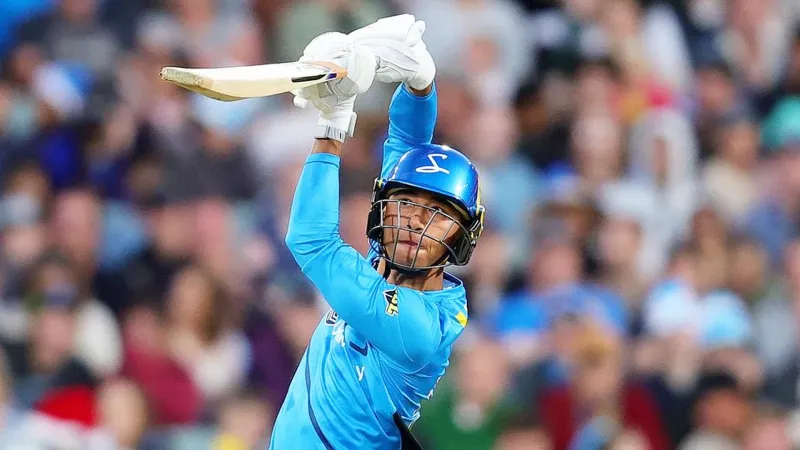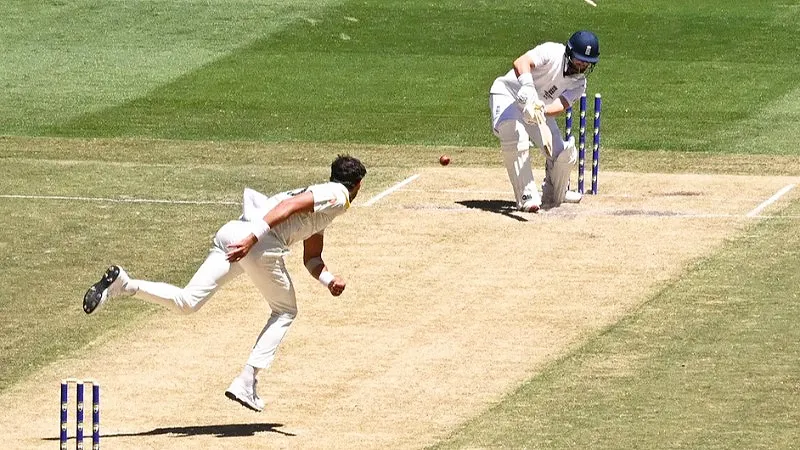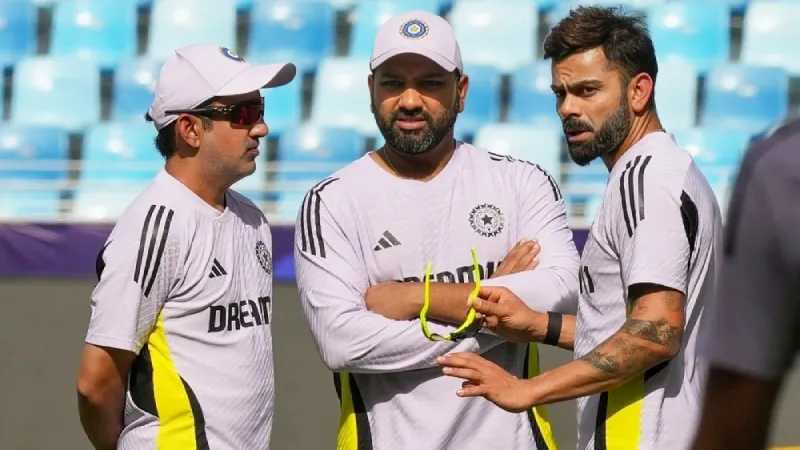For a short time, it seemed Bangladesh had finally solved the T20 riddle. Tanzid Hasan and Parvez Hossain Emon were in full swing, taking Pakistan’s bowlers to all parts of Lahore Gaddafi Stadium. At 110/1 halfway through the innings, the Tigers were roaring. The scoreboard was ticking away, boundaries were flowing, and the hosts were on the ropes. But in the blink of an eye—or their case in two balls—Bangladesh’s innings crashed. A score of 196/6 may look good on paper, but against a Pakistan batting order amped up by Mohammad Haris, it was nothing but cannon fodder.
Mid-Innings Meltdown That Killed the Momentum
Let’s proceed with the first nail in the coffin – Bangladesh’s mid-to-death overs brainfade, after the exciting partnership of 110 runs for the first wicket, we could have anticipated a launchpad for a total around 220; instead, Bangladesh lost 5 wickets for 74 runs in the second half of the innings. Parvez Emon was out in the 11th over with a poorly judged slog sweep, and thereafter it was a case of wicket after wicket.
Liton Das had a go at a cheeky ramp, and his leg stump did cartwheels. Shamim Hossain attempted a switch ramp – at this point, you saw the words, highlight reel disaster, written all over it. When the occasion dictated composure and clarity, Bangladesh reverted to chaos and circus shots. In a match that felt like par was around 200, we were gift wrapping momentum with massive red and green bows to Pakistan
Mohammad Haris – The Walking Firecracker
It all would have been okay if not for the Mohammad Haris masterclass that followed. A knock wouldn’t do justice to what he did. It was a storm in cricket whites. Haris smashed Bangladesh’s bowling attack to pieces with a staggering [107*] off just [46] balls, to such an extent that the remaining chase felt like just formality aside from Haris, who had so convincingly asserted himself over any bowler Bangladesh might offer.
He struck 15 boundaries, came down the track, pulled, drove, reverse swept, played shots that haven’t even been invented yet. Bangladesh tried spin, seam, slower balls, a stare-down or two, and nothing worked. Haris didn’t just affect the game—he made it look as though Bangladesh was bowling with tennis balls. Even when he wasn’t batting, he caught everything behind the stumps as well.
Bowling Blues and Fielding Fizzles
Then there is the small issue of executing a fielding and bowling plan – or rather, in Bangladesh’s case, not executing. The bowling economy rates do not lie. Hasan Mahmud went for 14 runs an over, Rishad Hossain went for 13, and Tanzim Sakib was hardly better. Mehidy managed to pick up two wickets, but the runs kept coming freely.
There were no yorkers, angles, and there certainly was not a plan B. The fielders were not providing much assistance either – timid efforts, late jumps, and ground coverage that resembled a Sunday morning stroll. Pakistan did not need to take risks – they received runs on a silver platter along with chamcham!
In the end, Bangladesh did not lose this match at a single point in time – they lost it over a series of failures! From an excellent start to a nosedive with no parachute, and from witnessing Haris Rauf add his name to a list of the greatest bowling feats in cricket history, it all happened so slowly; apparently without a clue, without any real thought or intention. Outplayed, outsmarted, and outperformed. It’s one thing to put 196 on the board and still lose with 16 balls remaining, but it demonstrates that Bangladesh’s simplistic issues are much deeper than one poor over!
For more, visit JeetBuzz News to read our quality Cricket Blog updates. Explore if you want to reminisce and enjoy all of your favourite cricket players and nostalgic match moments. To ensure that you never miss out, keep updated and join in the fun!


